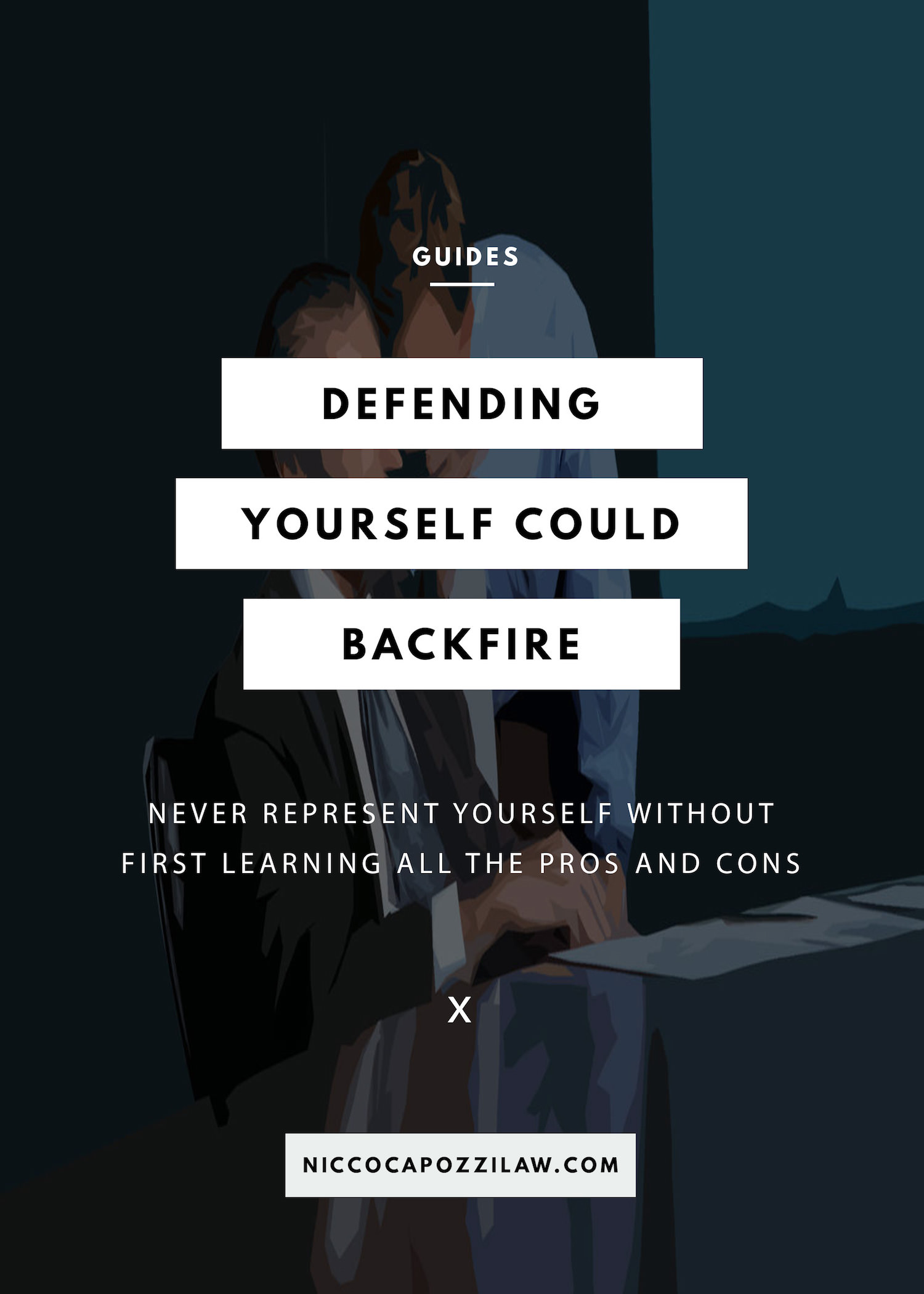According to the National Highway Traffic Safety Administration, distracted driving accounted for roughly 10 percent of 2014's auto fatalities, killing nearly 3,200 individuals and injuring another 431,000. Though eating, reading and talking to passengers all qualify as "distracted driving," cellphone use is the most common type of distraction.
Several cities and states have enacted hands-free laws in recent years to help reduce the number of incidents related to distracted driving.
Where are hands-free laws?
As of April 2016, 14 U.S. states prohibit drivers from using hand-held cellphones. These include three of the nation's most populated states: California, New York and Illinois. No state bans general cellphone use for every driver, but 38 states and the District of Columbia do have an all-cellphone ban in place for novice drivers.
Forty-six states also enforce texting restrictions for all individuals behind the wheel.
How are these laws enforced?
There are two types of enforcement that police officers follow. Primary offenses, such as speeding and running a red light, are actions that law enforcement can pull you over for. Police can cite you for a secondary offense, like a passenger who isn't wearing a seat belt, once a primary offense has been identified.
Most hands-free laws are considered primary offenses. In some cases, drivers caught in violation can be fined as much as $750 and given up to three months in jail (depending on the state and assuming injury or death isn't involved).
Go Hands-Free
Avoiding cellphone use while driving is the safest way to go, but if you need to take a call or get help from your smartphone's GPS, go about it in a legal way. Consider a convenient dashboard mount and Bluetooth connectivity to keep your focus safely on the road.






